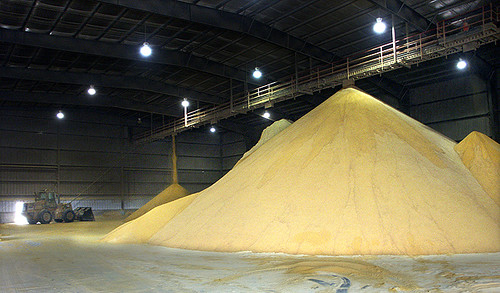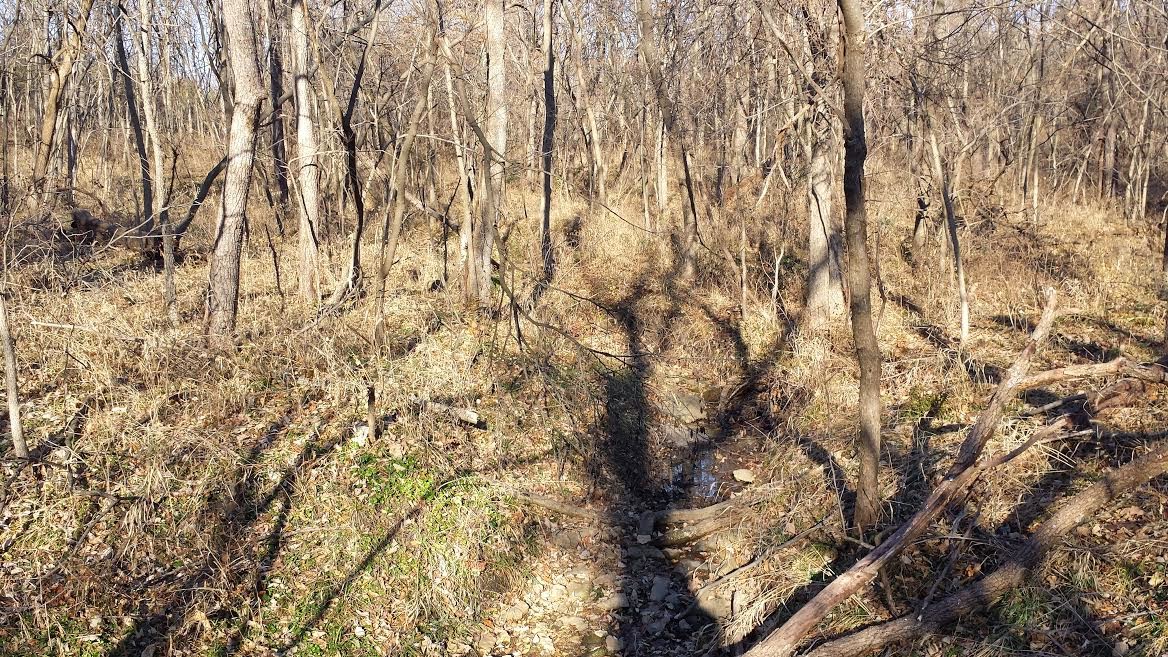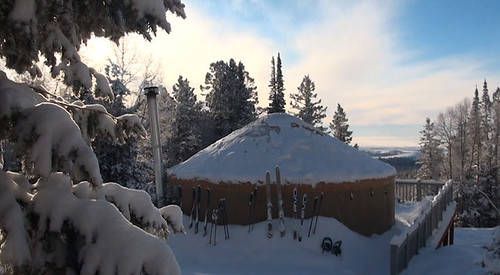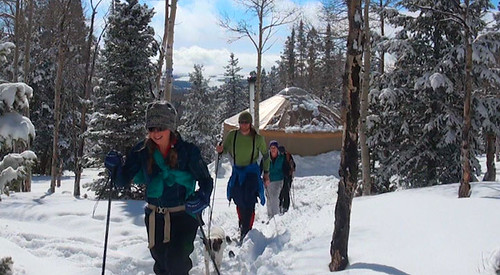
Christmas trees are a staple crop for many farms in Oregon, including this tree farm off Interstate 5. (NRCS photo)
During a time of year more often associated with consumption than conservation, Daniel Logan, owner and operator of Logan Tree Farm near North Plains, Ore., shows that managing and preserving the land yields both profit and holiday cheer.
Raising Christmas trees is a family business for Logan, who can remember pruning and clipping trees as early as six years old. His family has grown Christmas trees in the area since 1883, and he continues the tradition, managing about 35 acres of Christmas trees, including Douglas, Noble, Grand and Nordmann Firs.
While the Pacific Northwest may be the among the largest producers of Christmas trees in the nation, growers face a number of challenges, including managing land for extended and sustained use, while coping with both unpredictable weather and volatile commercial markets.
Logan recognized the need for conservation to improve his land and in 1992 began working with USDA’s
Natural Resources Conservation Service (NRCS) to plant cover crops. His goal was to reduce the need for chemical use and improve soil quality.
Logan eventually enrolled in the Conservation Stewardship Program, a Farm Bill conservation program that provides technical and financial assistance to producers interested in conserving and enhancing natural resources on their property. With CSP assistance, Logan continues to reinforce and expand cover crops on his Christmas tree farm.
“It just seemed like the natural next step,” Logan said of his decision to enroll.
Since planting cover crops on his property, Logan has witnessed a number of benefits, including improved soil quality, a reduction in soil erosion and improved tree health. The land is also less muddy, which proves helpful in keeping trees clean and presentable for sales.
“It’s like working on a carpet,” Logan said.
All of these conservation efforts contribute to an improved crop yield, which can only mean good things for locals looking to find that perfect tree. Logan expects to sell upwards of 1,800 trees this year alone, with Noble firs standing out as his top sellers.
“The Noble is a good keeper,” Logan said. “They stand up well, and they’re just really pretty.”
Even so, Logan warns that even healthy, sturdy trees have a shelf life and shouldn’t be kept much longer than two to three weeks. While it’s possible to extend this time by a couple of days by lowering your home’s thermostat several degrees and keeping trees a safe distance away from any heat sources, Logan is adamant that most trees should be disposed of prior to a month.
As Logan and NRCS move forward in their partnership to improve soil quality and strengthen crop yields, the future for Christmas trees in Washington County, Ore. looks bright.


















































